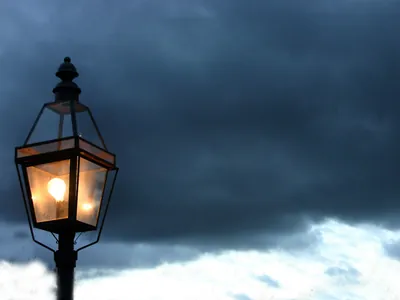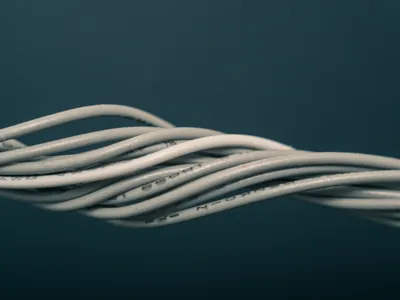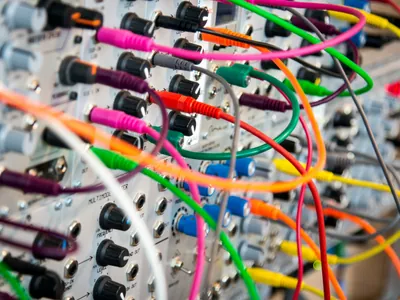Electrical Smoke Detector Wiring: Safety Systems

Smoke and carbon monoxide (CO) detectors are the most important life-safety devices in your home. While battery-operated detectors offer basic protection, hardwired, interconnected detectors provide a superior level of safety. When one detector senses a hazard, all the alarms in the house sound simultaneously, providing the earliest possible warning to everyone in the home.
🏆 Why Hardwired and Interconnected is Better
This system offers several critical advantages over standalone battery units.
🔋 Reliable Power
Detectors are powered by your home's electrical system, so you don't have to worry about dead batteries rendering them useless (they still have battery backups for power outages).
🔊 Whole-Home Alert
The interconnect wire ensures that a fire detected in the basement will sound the alarm in the upstairs bedrooms, giving occupants more time to escape.
📋 Code Compliance
Modern building codes require hardwired, interconnected smoke detectors in all new construction and major renovations.
🔧 Understanding the Wiring
Hardwired smoke detectors use a three-wire cable (plus ground).
📍 Proper Placement is Key
For maximum effectiveness, detectors must be placed correctly according to NFPA (National Fire Protection Association) guidelines.
Placement Guidelines:
- Install a smoke detector inside each bedroom.
- Install one outside each sleeping area (e.g., in the hallway).
- Have at least one on every level of the home, including the basement.
- Install CO detectors outside sleeping areas and on each level.
- Place detectors on the ceiling or high on a wall, away from corners and air vents.
Smoke detectors have a limited lifespan and should be replaced every 10 years, regardless of whether they are hardwired or battery-operated. Check the date of manufacture on the back of the unit.
The safety of your family is too important to leave to chance. The Box Advantage Group provides professional installation and replacement of hardwired, interconnected smoke and CO detector systems, ensuring your home meets all current safety codes. Contact us for a life-safety evaluation.

